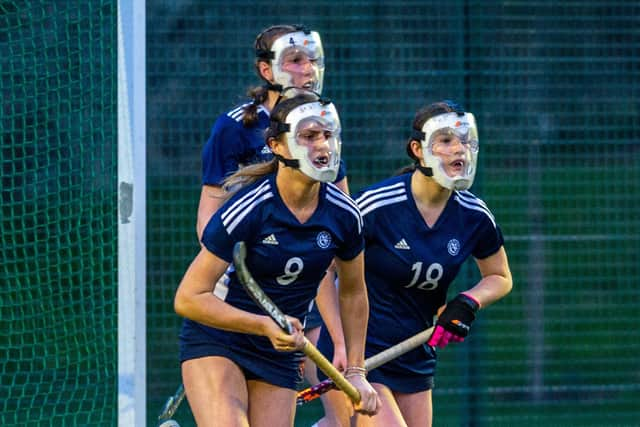Changing school uniforms and sports kit can help girls get more exercise – Carol Chandler-Thompson
In August 2023, nearly 16 million people watched the Women’s Fifa World Cup Final, making it the second-most watched TV event of the year. This might suggest that women’s sport is finally reaching equal prominence and success.
Yet this month, the House of Commons’ Women and Equalities Committee published a report which confirmed that inequalities between activity levels of boys and girls persist. Far more boys than girls spend at least an hour being physically active each day.
Advertisement
Hide AdAdvertisement
Hide AdWe may think we know the ways in which society favours men over women, but some of the subtle differences are only beginning to be fully understood. And the way in which school uniforms and kit make young women feel has lifelong implications. School uniform choices might have been made in order to promote cohesion or smartness, but we are now starting to learn what impact this may have been having on women, lasting into their adult lives.


Physical activity gender gap at five
A recent study by Cambridge University linked school uniform policies to students getting less exercise, supporting the findings of other surveys that girls are put off activity because uniforms are unsuited to active play. Skirts and dresses are impractical for the running, climbing and cartwheeling that primary aged-children naturally enjoy and this means that the gender gap around physical activity is beginning as young as five.
Not only this, but there is emerging evidence that even playgrounds themselves aren’t designed with girls in mind. Physically active, stronger children take up the central part of the school yard – most often boys playing football – leaving the less active children on the periphery.
According to reports, the Scottish Government has even proposed that co-educational schools introduce time-slots for girls to use sports equipment or outdoor spaces in a bid to ensure equality of access and tackle a rise in misogyny.
In an all-girls school, girls are much more active for longer. Here at St George’s, Edinburgh, 90 per cent of our girls are still playing sport aged 18. This contrasts strongly with the national picture where the gender gap has widened so far that by age 14 just ten per cent of girls meet physical activity health standards.
'Skorts’ are most popular
Small changes to our kit have yielded great results in terms of participation. A survey of schoolgirls by a uniform manufacturer showed that by far the most popular option for PE were skorts – shorts and a skirt combined. If such a simple switch helps our girls feel more confident on the pitch, then we’re happy to make it. We provide a range of options to suit all body shapes.
Of course, girls have the full run of all our playgrounds in a girls-only environment; not every school can offer this. But we can all think about the choices we make in other areas of school life. This year, we are now going further than sports kit to review the entire school uniform.
We have already made the switch for our primary-aged children to allow them to wear sports kit all-day on the PE lesson days, meaning valuable activity time is not lost to changing. Now we are seriously considering whether tights and pinafores are really the best option for nurturing active healthy young women. Girls’ schools have a long-held tradition of trailblazing for the rights and equalities of women in Scotland. We hope others will follow.
Carol Chandler-Thompson is head of St George's School in Edinburgh
Comments
Want to join the conversation? Please or to comment on this article.